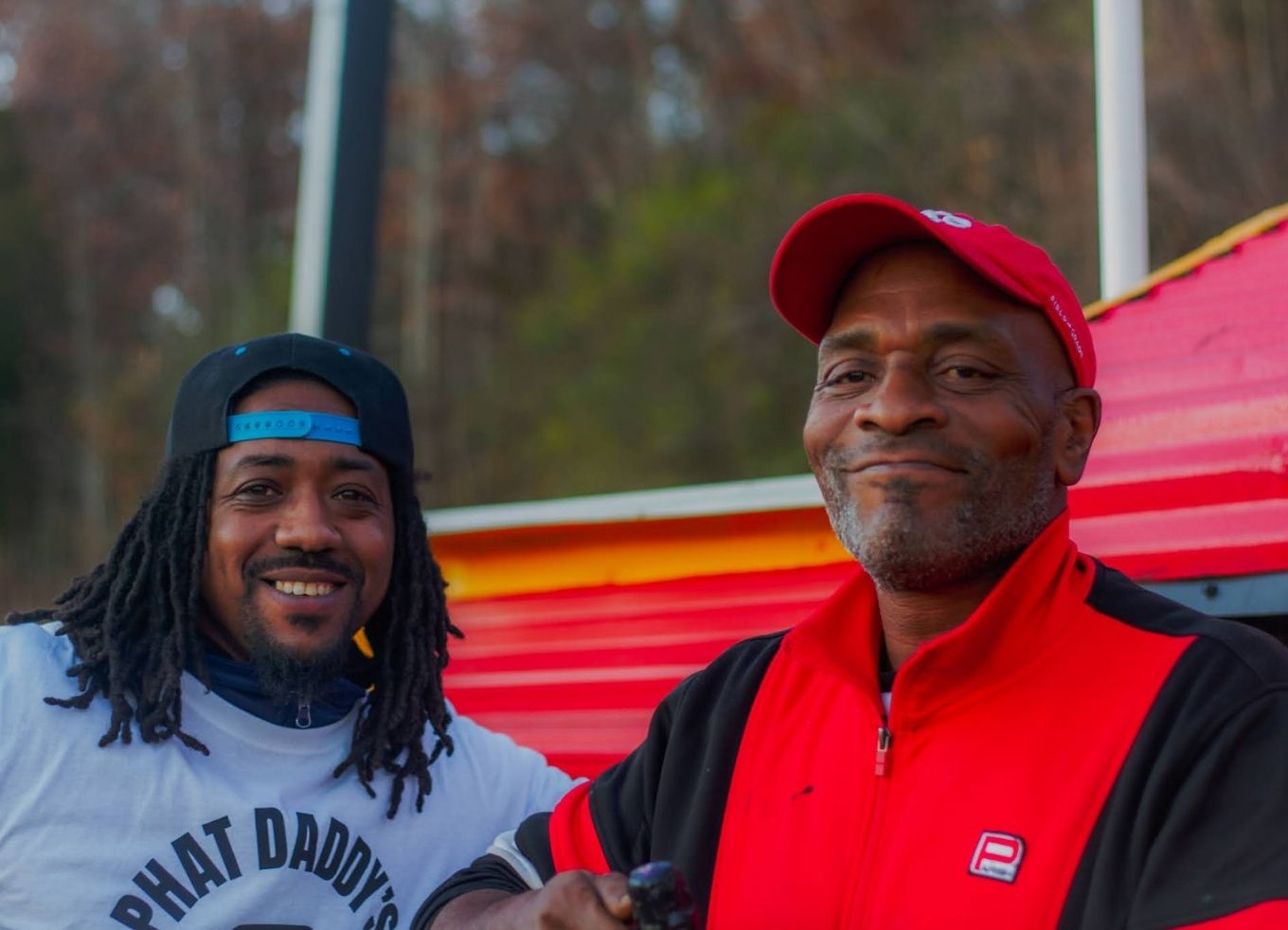
To Close the Wealth Gap, Close the Financing Gap
At the start of Black History Month, we look at the CDFI industry’s roots in the Civil Rights movement and continued fight for economic equity in America.
At the 1963 March on Washington, civil rights movement leaders called for an America that, in Dr. Reverend Martin Luther King Jr.’s words, “makes real the promises of democracy.” Justice, they said during the historic demonstration for jobs and freedom, is more than an end to segregation, it’s the achievement of economic equality and opportunity for all.
Sixty years later, this vision of justice is far from realized. Disparities in wealth have grown: White families have nearly ten times the median wealth of Black families and five times more than Hispanic families. Unequal access to financing for homeownership, small business development, and other wealth-building opportunities have created an extreme wealth gap.
Community development finance exists to right these wrongs and to build the inclusive economy civil rights leaders believed possible. Driven by the idea that the racial funding gap drives the racial wealth gap, community development financial institutions (CDFIs) work to close both.
Black History Month celebrates the contributions of Black Americans across art, science, business, politics, culture. CDFIs seek to create the conditions for more of these contributions to flourish. The creator of the next destination restaurant, clean energy technology, or transformative community project shouldn’t be held back because they can’t finance their dream.
Rooted in the Civil Rights Movement
With roots in the Civil Rights movement, CDFIs emerged from a grassroots effort to counter discrimination in banking and investing.
Early CDFI leaders were steeped in the struggle for civil and workers’ rights and social justice. They saw that access to capital and wealth-building opportunities were missing in many communities. Then they set out to make capitalism work for everyone. Their vision was a dual bottom line of people and profit; their vehicle was the CDFI model.
Today, more than 1,300 CDFIs are now a critical, if under-recognized, part of the nation’s financial infrastructure. Together, they are managing more than $222 billion and lending in all 50 states. CDFI borrowers are 83% low-income and 61% people of color.
Closing the Gaps, One Loan at A Time
Two drivers of wealth creation are home and small business ownership. But, in both areas, all is not equal.
In the housing market, the Black and White homeownership gap is higher than it was in the 1960s, when race-based housing discrimination was still legal. Homeownership rates have risen or remained the same for White households but declined for Black households in the last 20 years.
When it comes to entrepreneurship, financing constrictions nationwide are putting many small businesses at risk. Black-owned businesses face an even harder time accessing critical start up or growth capital than their white counterparts.
CDFIs have a long and successful track record of addressing these gaps, investing in Black and other underinvested communities when banks can’t or won’t lend:
- 24% of OFN members focus on financing affordable housing.
- CDFIs finance $2 billion in mortgages annually.
- CDFI investments have created 2.3 million affordable housing units for rent or sale.
- 48% of OFN’s members focus on small business lending.
- CDFI financing has supported almost 700,000 small businesses and created or maintained 2.6 million jobs.
(Source: OFN’s 2021 annual member data report)
But CDFI impact isn’t about numbers, it’s about people.
People like Cheryl Hampton, who saved her family home, built on land her great-grandfather farmed, by refinancing a costly mortgage with CDFI Southern Bancorp. There are Bosko and Maya Kante, who grew their start-up music technology company ElectroSpit with an equity investment from ICA and now provide mentorship and living wages to ElectroSpit employees, 85% of who are people of color. And Cameron and Octavia Cordon, whose booming cooperative business Phat Daddy’s on Da Tracks had startup support from Seed Commons.
Capitalizing Justice
Yet, for all the success the CDFI movement has investing in rural, urban, and Native communities, America’s wealth gaps, racial and otherwise, are vast. CDFIs are a billion dollar industry in a trillion dollar fight and must scale for greater impact.
To spur growth, OFN launched the Finance Justice Fund, which seeks to raise $1 billion for CDFIs to make fair financing available to people and places overlooked by mainstream finance. Partners in the Finance Justice Fund are corporations, philanthropies, and banks that recognize justice takes capital.
The Work Ahead
Of course, CDFI lending alone can’t achieve economic justice, but it’s an effective tool for change, one that would boost the nation’s economy for the benefit of all Americans.
Decades have passed since Dr. King, John Lewis, James Farmer, A. Philip Randolph, and so many others called from the steps of the Lincoln Memorial for a just, equal America, and America still has so much work to do. This February, OFN is honoring the history and contributions of Black Americans by reaffirming on our commitment to economic justice and opportunity.
This small but mighty industry is a proven way to advance economic justice. Now, we must grow it.
Join the Conversation
Be sure to follow OFN on Twitter and LinkedIn. Share your own stories about Black History Month, closing the financing gap, and celebrating Black leaders in the industry. Use #EconomicEquity and #CDFIStory to join the conversation.
Learn More
Explore more of CDFIs working at the nexus of the funding gap and racial wealth gap with these additional resources.
- The Future of Building Wealth. From the Aspen Institute, this collection of brief essays presents proven and promising ideas for closing the racial wealth gap.
- More Than 30 Black CDFI CEOs Team Up to Shrink the Racial Wealth Gap. A Q&A with Lenwood Long, president and CEO of the African American Alliance of CDFI CEOs, on the power of fostering Black business entrepreneurs.
- America’s Wealth Gap is Widening, We Can Close it. From Acumen America, a conversation among experts about bridging the wealth gap.